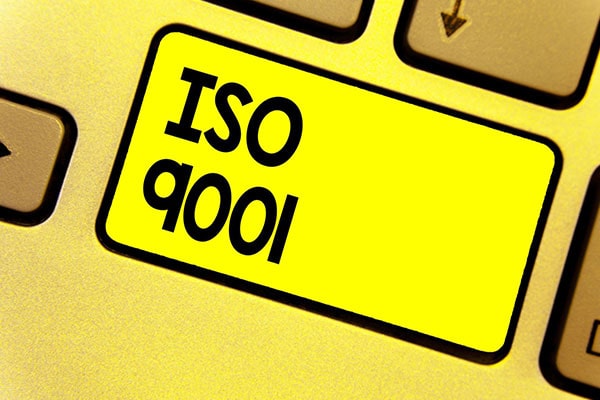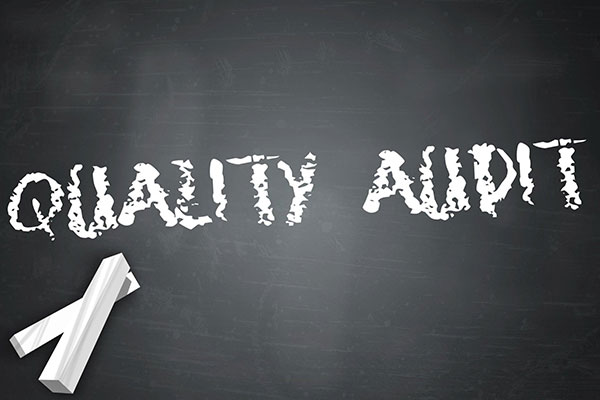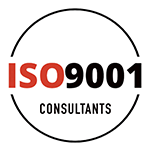The earlier versions of ISO 9001 required you to produce a quality manual that included all the necessary information and procedures related to your Quality Management System (QMS).
The purpose of the quality manual was to demonstrate your organisation’s compliance with the requirements so that the lead auditor can approve it. In this article, we will talk about the different components of a quality manual so that you can understand how to write an ISO 9001 quality manual.
ISO 9001 quality manual benefits
A quality manual aims to help organisations organise their QMS and adhere to quality standards. Therefore, creating a quality manual is beneficial for organisations as it gives structure to their auditing efforts and helps to give direction to their quality policies.
As a quality manual contains guidelines that uphold the requirements and the quality system processes of the QMS, it is a vital tool that can help organisations achieve consistency in the quality of their products or services and improve customer satisfaction.

Some proponents of quality manuals also state that it contains additional advantages, such as helping the organisation achieve better communication and collaboration, increase efficiency and effectiveness and adhere to various regulatory requirements. if you want to learn about iso documentation, you can read iso 9001 documentation landing.
How to write ISO 9001 quality manual?
Your quality manual is representative of your business processes, and therefore it needs to be clear and comprehensive. The content of the quality manual should be presented understandably so that anyone who reads it understands how your processes operate.
If you are in the process of writing your quality manual, you must already be familiar with the Plan-Do-Check-Act (PDCA) cycle. This approach can be utilised while preparing your quality manual as it reduces the room for error. During the planning phase, you must gain an understanding of all the clauses in the ISO 9001 standard, namely:
• Clause 0-3: Introduction, scope, references, terms and definitions
• Clause 4: Context of the organisation
• Clause 5: Leadership and commitment
• Clause 6: Planning for the QMS
• Clause 7: Support and resource management
• Clause 8: Operational planning and control
• Clause 9: Performance evaluation
• Clause 10: Improvement actions
After you understand the above items, you must prepare a document focusing on clauses 4,5,6 and 7. To cover section 4 of ISO 9001, you must begin documenting the description of your organisation, the scope of your work, your customers, all your stakeholders and any additional information associated with your business. Some headings that would be helpful here include:
• Interested parties
• Office locations
• Scope of QMS
• Exclusions
• Company overview and context

Similarly, when implementing clause 5, the quality manual should appropriately identify the roles and responsibilities of the leadership as well as highlight their commitment to quality.
For your business to become customer-focused, leaders must provide adequate resources so that no area of the project is overlooked. Hence, this section should include all the details about the management’s involvement in achieving organisational goals and QMS objectives with the help of reports that outline the following:
• Their communication across the organisation about meeting customer requirements and regulatory obligations.
• Their modification of the quality policy to maintain its relevance.
• Their establishment of relevant Key Process Indicators ( KPI).
• Method utilised to ensure the availability of resources that are detrimental to the company.
Remember that this section focuses on the authority’s roles and responsibilities; therefore, decision-making, frameworks, policies and compliance requirements should be highlighted.
The management should also elaborate on how information, decisions and usage of communication channels work across the organisation with the staff members and interested parties.

Clause 6 of the ISO 9001:2015 standard addresses risks and opportunities. In this section of your quality manual, creating a risk matrix or a chart is a good idea to categorise and prioritise all your internal and external risks appropriately.
Using a risk-based approach helps identify all uncertainties in your business, allowing you to create specific, Measurable, Actionable, Realistic and Time-bound (SMART) objectives to address, control and mitigate the identified risks.
Lastly, clause 7 of the ISO 9001:2015 standard focuses on support. In this section, you must provide information about how the management has provided resources and how it ensures that these resources are competent. The communication channels utilised to relay information to stakeholders should also be documented. if you want to learn how to write good quality objectives, please read How to write quality objectives of ISO 9001 in our blog.
This creates the crux of your quality manual, and the additional steps of the PDCA cycle are doing, acting and checking. Hence, the rest of the quality manual should contain reports of various audits of the QMS so that the external auditor can understand how you check the efficiency of your processes. if you want to learn more about PDCA, read Plan, Check, and Act to the ISO 9001 standard page.
Conclusion
The most significant benefit of the quality manual is that it serves as a record to store your quality objectives and policies, helping organisations keep direction to the auditing efforts.
To write the quality manual, business owners must focus on clauses four, five, six and seven, ensuring that the company’s scope, leadership commitment and support are appropriately written. If you need iso 9001 certification consultants sydney, call us at +61280056444.












Users Comments
Get a
Quote